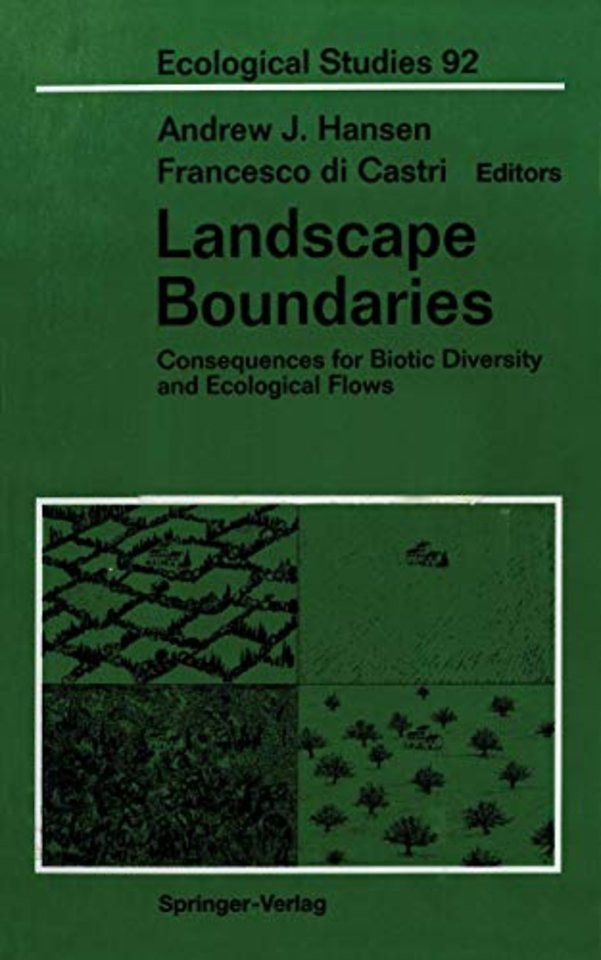Landscape Boundaries
Consequences for Biotic Diversity and Ecological Flows
Samenvatting
The emergence of landscape ecology during the 1980s represents an impor tant maturation of ecological theory. Once enamored with the conceptual beauty of well-balanced, homogeneous ecosystems, ecologists now assert that much of the essence of ecological systems lies in their lumpiness. Patches with differing properties and behaviors lie strewn across the land scape, products of the complex interactions of climate, disturbance, and biotic processes. It is the collective behavior of this patchwork of eco systems that drives pattern and process of the landscape. is not an end point This realization of the importance of patch dynamics in itself, however. Rather, it is a passage to a new conceptual framework, the internal workings of which remain obscure. The next tier of questions includes: What are the fundamental pieces that compose a landscape? How are these pieces bounded? To what extent do these boundaries influence communication and interaction among patches of the landscape? Will con sideration of the interactions among landscape elements help us to under stand the workings of landscapes? At the core of these questions lies the notion of the ecotone, a term with a lineage that even predates ecosystem. Late in the nineteenth century, F. E. Clements realized that the transition zones between plant communi ties had properties distinct from either of the adjacent communities. Not until the emergence of patch dynamics theory, however, has central signif icance of the ecotone concept become apparent.

